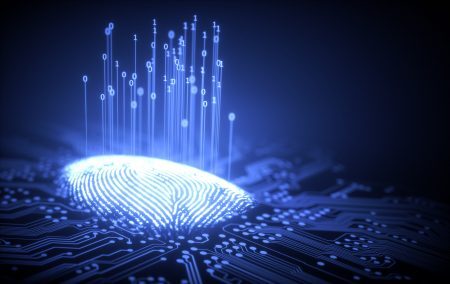Let’s go back to the basics and look at what Libra is, how it compares to other cryptocurrencies and whether you should be concerned about using it when it eventually arrives.
Search Results: cybersecurity (231)
Research has shown that when computers were fitted with proximity sensors (which facilitate online security by automatically logging users out when they move away from the machine) users began placing cups over the sensors to disable them.
Emotion AI works on teaching robots how to feel empathy. Google AI stories are about how AI is helping people solve problems. Experts race to predict how we will be living with AI in the near future.
Once a piece of ransomware has got hold of your valuable information, there is very little you can do to get it back other than accede to the attacker’s demands. Ransomware, a type of malware that holds a computer to ransom, has become particularly prevalent in the past few years and virtually unbreakable encryption has made it an even more powerful force.
Despite what every spy movie in the past 30 years would have you think, fingerprint and face scanners used to unlock your smartphone or other devices aren’t nearly as secure as they’re made out to be.
While it’s not great if your password is made public in a data breach, at least you can easily change it. If the scan of your fingerprint or face – known as “biometric template data” – is revealed in the same way, you could be in real trouble. After all, you can’t get a new fingerprint or face.
The deluge of cyberattacks sweeping across the world has governments and companies thinking about new ways to protect their digital systems, and the corporate and state secrets stored within. For a long time, cybersecurity experts have erected firewalls to keep out unwanted traffic and set up decoy targets on their networks to distract hackers who do get in. They have also scoured the internet for hints about what cybercriminals might be up to next to better protect themselves and their clients.
When you are asked to create a password – either for a new online account or resetting login information for an existing account – you’re likely to choose a password you know you can remember. Many people use extremely basic passwords, or a more obscure one they reuse across many sites. Our research has found that others – even ones who use different passwords for each site – have a method of devising them, for instance basing them all on a familiar phrase and making site-specific tweaks.
IBM recently unveiled what it claimed was the world’s first commercial quantum computer. While the announcement of the Q System One wasn’t…
It’s tempting to give up on data security altogether, with all the billions of pieces of personal data – Social Security…
As people increasingly buy and install smart devices in their homes, all those cheap interconnected devices create new security problems for individuals…










